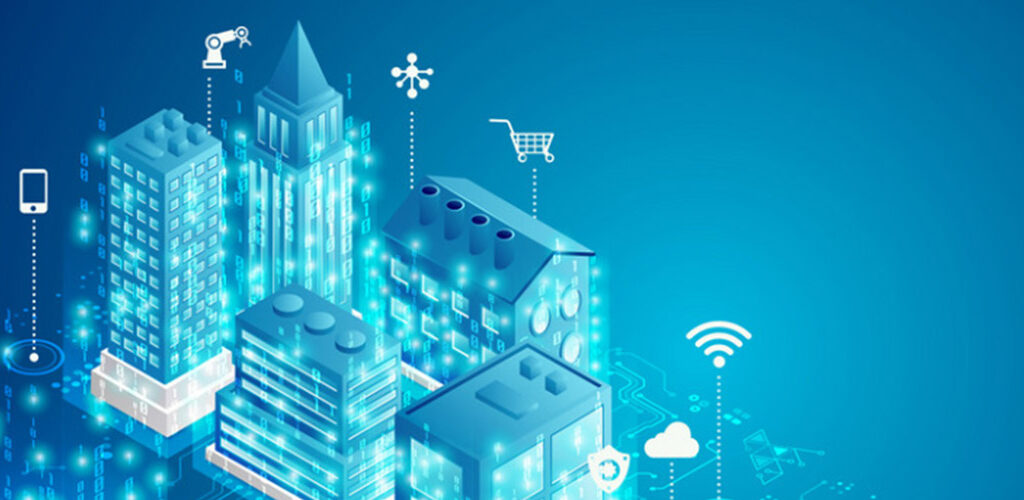Wireless, battery-powered vs mains-powered IoT devices: Which is best for smart buildings?
In smart building use cases, battery-powered wireless IoT devices provide important benefits when it comes to ease and freedom of installation. Here are some important points to consider when choosing between battery-powered vs mains-powered IoT devices.
The Internet of Things, or IoT, is one of the defining characteristics of modern computing. The idea that everything should be connected to facilitate the seamless exchange of information is rapidly gaining traction in everything from smart homes and offices to entire factories.
The smart office is one of the biggest trends in the space. Companies seeking to build a future-proof workplace are now turning to networked sensors, actuators, and other devices to boost productivity, control costs, reduce energy consumption, and more.
There are many applications for IoT technology in the workspace. Environmental sensors, for example, can provide real-time insights into things like air quality, temperature, and humidity. Motion sensors can monitor the presence of employees and visitors, or even the occupancy of specific desks.
Other solutions can monitor things like fill rates of storage areas or rubbish bins. Connected actuators can control machines remotely. The list goes on.
Read: IoT data in smart buildings – how is it used?
Given this huge variety of potential use cases of IoT, one of the most common questions we get asked is whether a mains- or battery-powered device is the best option. In most cases, we would recommend battery-powered devices due to their mobility and ease of use, but there are a few exceptions where a mains-powered device may be preferable.
Here are some factors to consider when making your choices:
Battery consumption and power draw
The most obvious consideration is the amount of power that the device draws. If it consumes a lot of power, you may need to replace the battery regularly. More power-hungry devices may still run off batteries, but there comes a point when said batteries can get impractically large and heavy. This can end up being expensive and inconvenient, especially for devices that are generally kept in less accessible places.
Despite effectively being embedded computers, IoT devices typically draw so little power that they only need their batteries changing once every five or more years. This is because most IoT devices are just networked sensors designed to collect data and transmit it to the cloud for processing. That means the device itself only needs minimal processing power and memory.
That being said, there are some exceptions. For example, IoT devices equipped with cameras draw significantly more power, which is why connected CCTV systems are often connected directly to the mains. Edge IoT devices, where some of the data processing is done locally, also require more power and may require a mains connection in certain cases. Environment and movement monitoring sensors, on the other hand, typically draw very little power.
It is important to remember that, the harder an IoT device has to work, the more power it will draw. For example, if the device has very short reporting intervals and thus has to transmit a constant stream of data across the network, then it will run out of battery power much quicker – just like a smartphone does if it is constantly downloading or uploading data.

Scalability and ease of maintenance
Battery-powered wireless IoT devices offer by far the greatest degree of flexibility and ease of use. They can be installed practically anywhere, including in hard-to-reach places where there is no mains power available. For use outdoors or in harsh environments like factories, rugged IoT devices are also available. Devices intended for such use are almost invariably powered by batteries and connected wirelessly to the nearest gateway. They are also easier to install and require minimal maintenance.
In most smart building settings, battery-powered devices using cellular connectivity make the most sense. They can be installed quickly and easily, and in abundance in practically any location. In these cases, the only thing that typically needs to be connected to the mains is the gateway itself – the system to which all your IoT sensors and other devices connect. With a wired gateway that supports dozens or even hundreds of connected devices, there is no practical limit to your smart building implementation.

Choosing an IoT partner
Learn how to choose the right IoT technology partner


